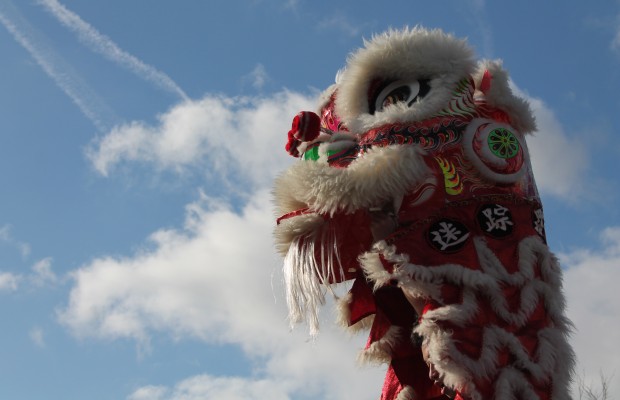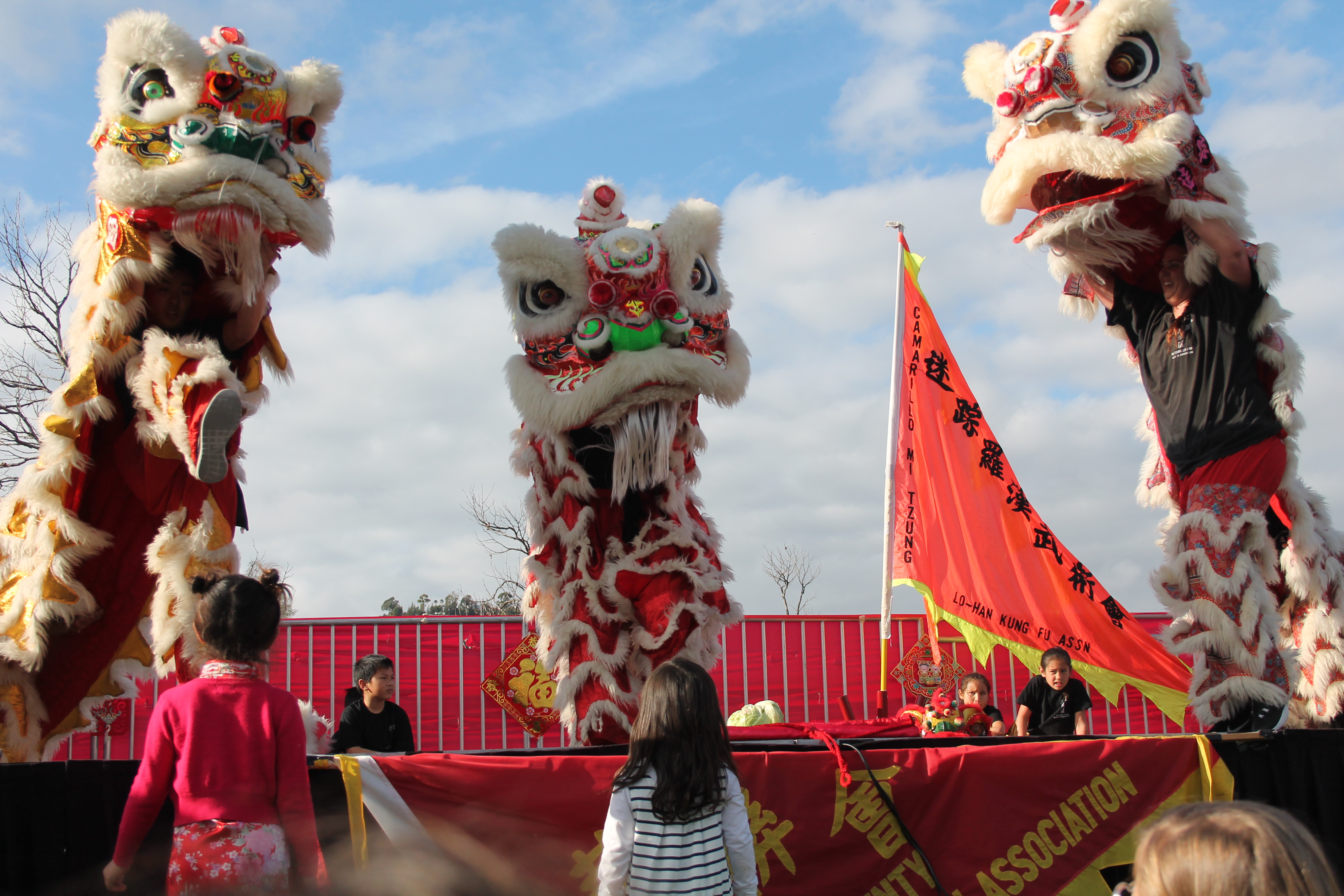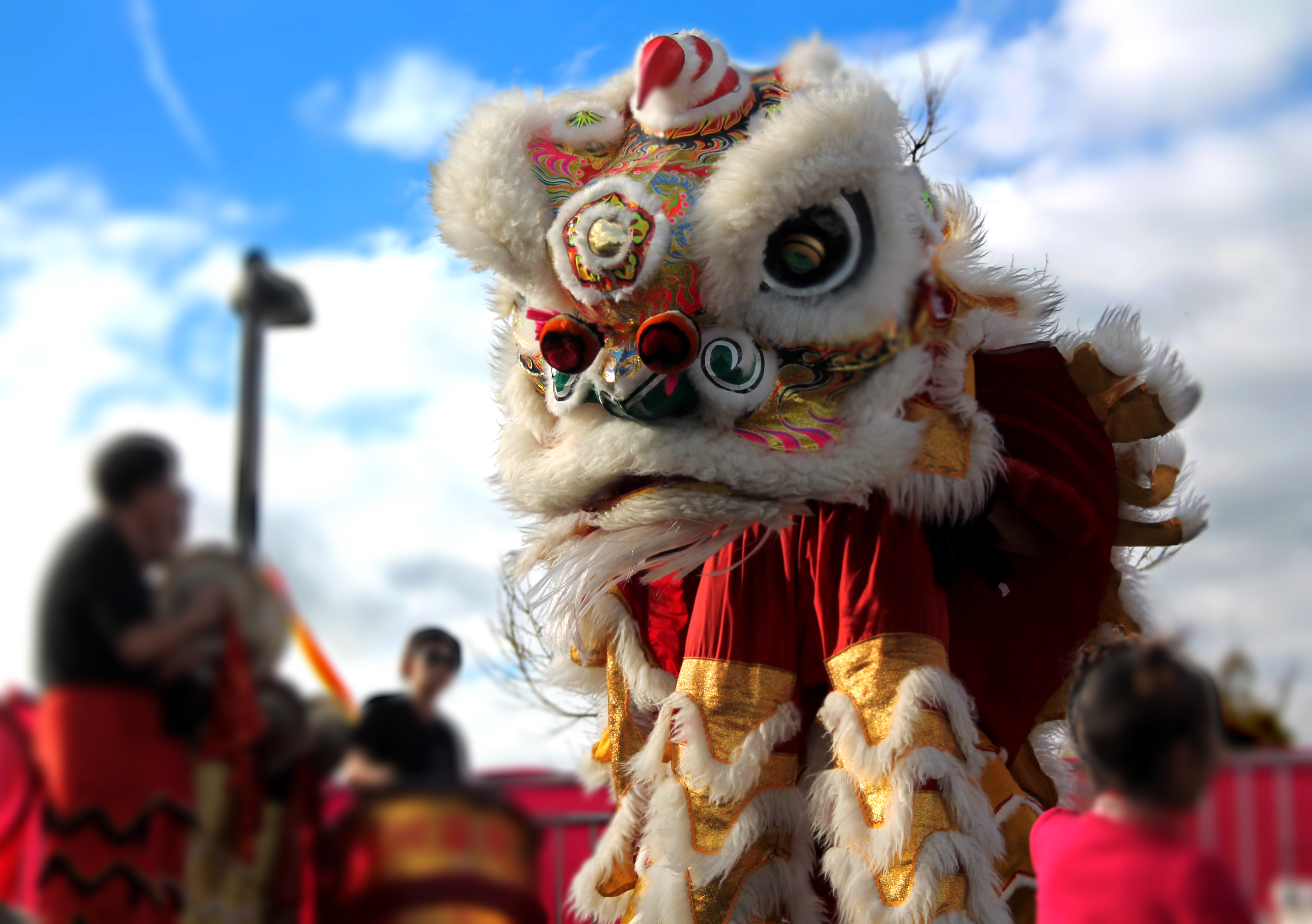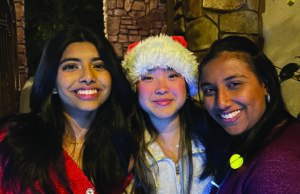Happy Chinese New Year: Celebrating the five thousand year old tradition

“Gong Xi Fa Chai.” These words greeted millions around the world, as a good wish for the Chinese New Year. The celebration of the new year started on Jan. 28, or the new year eve in the Chinese calendar, and ended on Feb. 12, the 15th day of the first lunar month, sending away the year of the monkey and ushering in the year of the fire rooster.
To celebrate the independence, kindness, self-respect and quick mindedness of the rooster, there was a Chinese New Year Festival at the Camarillo library on Jan. 28. The celebration included the traditional Chinese lion dance with two people dressing up in a large, decorated lion costume and mimicking the movements of the animal.
Darrell Chen, sophomore, participated in the lion dance, working one of the headpieces. The significance of the lion dance goes back to thousands of years ago, when “there used to be this beast. So basically these people came out with their music and fire, ….to drive away the beast.”
When he first started the lion dance, “my dad had to bribe me with a Wii to do my first show, and then I noticed, ‘Oh I love this!’, so I kept doing it,” Darrell recalls. One of the highlights of the dance for him is “playing with the audience.”
“It’s fun playing with the kids,” he added.
There are many other traditions that come with celebrating this cultural event, including eating special foods, setting off fireworks, and wearing red clothes.
Kevin Chen, junior, also used the legend of the ancient beast to explain other Chinese traditions during their New Year’s celebrations.
“They scared away this monster by setting off firecrackers and wearing red, since the monster was scared of the color red, so that’s the wearing red tradition comes from, and setting off firecrackers, that’s where it comes from too,” Kevin said.
Another aspect of Chinese New Year is the red envelopes that adults give to children. Jing Hu, Chinese teacher, explained the symbolic importance of the envelopes in her family’s traditions.
“First of all, [we have] our whole family, together, so that’s the Chinese New Year tradition, the reunion,” Hu said. “Second, we eat a lot of traditional Chinese food, and of course, we have the red envelope, [which is giving] your kids money for the best wishes.”
Her favorite part of Chinese New year is “family and friends [getting] together, and of course [having] good food, and just chatting, and you know, just [have] a happy mood for celebrating the new year.”
Brian Xi, junior, also talked about gathering of friends and family as an important part of social connection during the celebration.
“It is cool to see all of those people watching it together, it’s cool that it brings people together,” Xi said.
While every family’s practices could be different, most agree that Chinese New Year is an crucial part of keeping their heritage.
“You can’t just ignore your culture, you gotta be apart of it.” Xi said.
Hu agrees, saying, “We grew up this way. I know Chinese New Year is the most important festival to me.”





